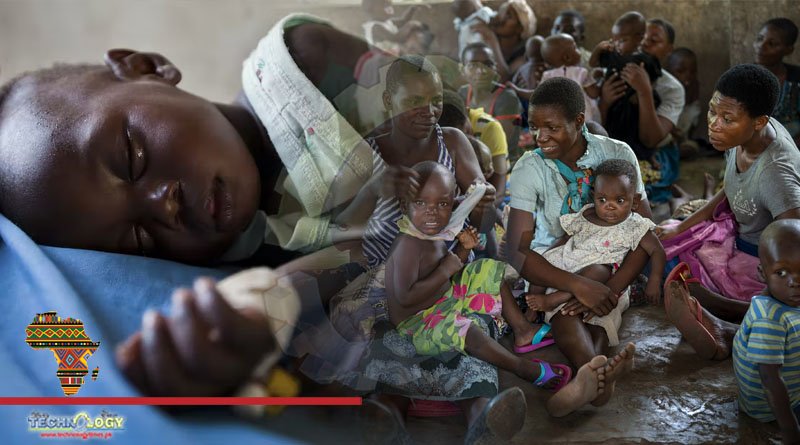Global malaria cases remained stable overall, rising by 2 million to 247 million. Positively, this increase was at a slower rate than between 2019 and 2020.

Although the efforts of teams across the globe and investments made to strengthen health systems have paid dividends, with an estimated 185 million malaria cases and 997,000 deaths averted in 2021, new findings published today by the World Health Organization (WHO) in its annual World Malaria Report however show that the disease remains a deadly threat to millions worldwide.
“Multiple threats are converging and undermining progress toward achieving our global malaria goals, , especially in Africa, where the malaria burden remains disproportionately high, equating to 95% of cases and 96% of deaths globally,” said Dr Corine Karema, Interim CEO of the RBM Partnership to End Malaria.
Threats to malaria control, which include the limited roll out of existing tools, emerging resistance to drugs, insecticides, and diagnostics, and the increased costs of procurement and delivery, mean the funding required to get back on track to achieve global malaria 2030 targets is now even greater than before. The RBM notes that the ongoing humanitarian crises and a global economic downturn this year could further jeopardise what is already a precarious situation.
The RBM Partnership to End Malaria calls on country leaders, donors, and policy makers to increase their malaria efforts and get the fight against this disease back on track or risk seeing cases and deaths rise substantially in the coming months and years.
According to Dr Karema, the threat of malaria requires an urgent response, and our continued commitment to innovation will be essential; the malaria parasite and mosquitoes that spread the disease are constantly evolving to resist even our most effective tools, meaning we must stay one step ahead through investment in R&D. But we have a promising R&D pipeline.
From the Report, the RBM notes that elimination of malaria is possible. Since 2000, over 20 countries worldwide have reached the target of zero malaria cases, and other countries are close. “Strengthening country leadership, regional coordination, and scaling up disease surveillance will be pivotal to controlling malaria cases and eliminating the disease in these countries. Supporting them as they approach elimination is critical to achieving a zero malaria world,” adds the RBM report on malaria.
Many countries within reach of eliminating malaria continued to make progress. Global malaria cases also remained stable overall, rising by 2 million to 247 million. Positively, this increase was at a slower rate than between 2019 and 2020.
The WHO notes that there are promising opportunities to scale up Pyrethroid-PBO nets, continued ITN trials, new vector control products, vaccines in development, passive immunization with monoclonal antibodies in the area of chemoprevention and new diagnostic tests.
“I would like to commend everyone across the National Malaria Programmes and Ministries of Health, which have demonstrated immense resilience through the worst times. Thanks to their efforts and the support of all partners, including donors, many lives were saved, and the global malaria picture is not as bad as it could have been.
Originally published at Africa Science News
